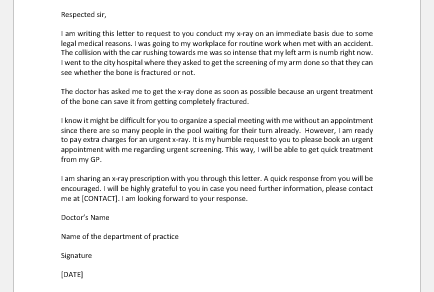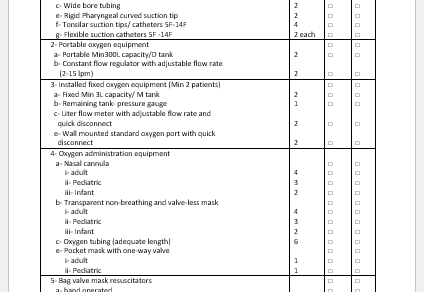The uterus, also known as the womb, is the reproductive structure present in the pelvis of females. Its upper end opens into fallopian tubes, and the lower end leads to the cervix, or birth canal. It is responsive to hormones, which cause cyclical changes in the inner lining of the uterus, leading to menstruation.
What is a hysterectomy?
The term hysterectomy refers to the surgical removal of the uterus of a female patient. Some disorders cause abnormal bleeding or pain. In severe cases, hysterectomy is indicated, some of which are:
- Fibroids
- Heavy periods
- Vaginal prolapse
- Pelvic inflammatory disease (PID)
- Adenomyosis
- Endometriosis
- Cancer
Types of hysterectomy:
There are three types of hysterectomy: vaginal, laparoscopic, and abdominal. Vaginal hysterectomy is preferred by many as it causes less postoperative morbidity, has minimal complications, and does not cause abdominal scarring.
However, in some cases, abdominal hysterectomy is preferred, which requires general anesthesia, and 8 weeks of postoperative recovery time is needed. Lately, laparoscopic hysterectomy has been preferred over abdominal hysterectomy due to the shorter recovery time; however, there is an increased risk of complications during this procedure, and it is more costly.
The procedure to be performed depends on the choice of doctor; his skills and the patient’s wishes are also taken into consideration.
Complications of Hysterectomy:
All surgical procedures carry some risks, whether anesthetic or surgical. The complications of hysterectomy are:
- Intraoperative: injury to the urinary bladder, ureter, gut, or nearby vessels.
- Postoperative: vesicovaginal fistula formation, hematoma formation, fever, pain, urinary tract infection, acute respiratory distress syndrome, deep venous thrombosis, and intraabdominal adhesions.
Importance of Consent for Hysterectomy:
Hysterectomy is a very sensitive issue as it causes the inability to reproduce, and it is traumatizing for young females who have no kids. After proper counseling and reassurance with the patient, informed consent is obtained.
It must include lucid and comprehensive information about the procedure, as it is the right of the patient to know what is wrong with her body and what treatment is required.
All alternative treatments should be mentioned, along with their benefits and drawbacks. It is the choice of the patient to undergo any treatment, whether conservative or surgical.
Hysterectomy Consent Form:
A hysterectomy consent form includes:
- Name of the hospital, contact number.
- Introduction of the patient: name, age, sex, marital status, name of husband/father, contact number, and residential address.
- A brief history of the patient, including presenting illness, history, and drug history/allergies.
- Blood group.
- Findings of clinical evaluation, including general physical and systemic examination.
- Investigations (blood exam and ultrasound findings).
- Indication of hysterectomy.
- Privacy statement and confidentiality agreement.
- Explanation of the surgical procedure and its complications.
- Delineation of the fact that the patient will be unable to reproduce in life.
- The requirement of blood bags for transfusion.
- High-risk consent in case death is imminent.
- Advantages and disadvantages of various types of anesthesia drugs.
- Complete name and signature of the patient, husband, or next of kin.
- Nursing Documentation Templates
- Mental Health Evaluation Forms
- Forms Used by Pediatricians
- Various Forms Related to Pregnancy Verification
- Common Forms Used by ENT Specialists
- Pain Diary Worksheet Template
- Forms Commonly Used by Old Age Homes
- Medical Treatment Consent Form
- Home Exercise Program Worksheet
- Forms Used for Mental Health Assessment
- Forms Used by Psychologists
- Medical Forms Commonly Used by/for Students
- Assessment Consent Form
- Forms Used by an Anesthesiologist
- Not Fit to Fly Certificate Template



